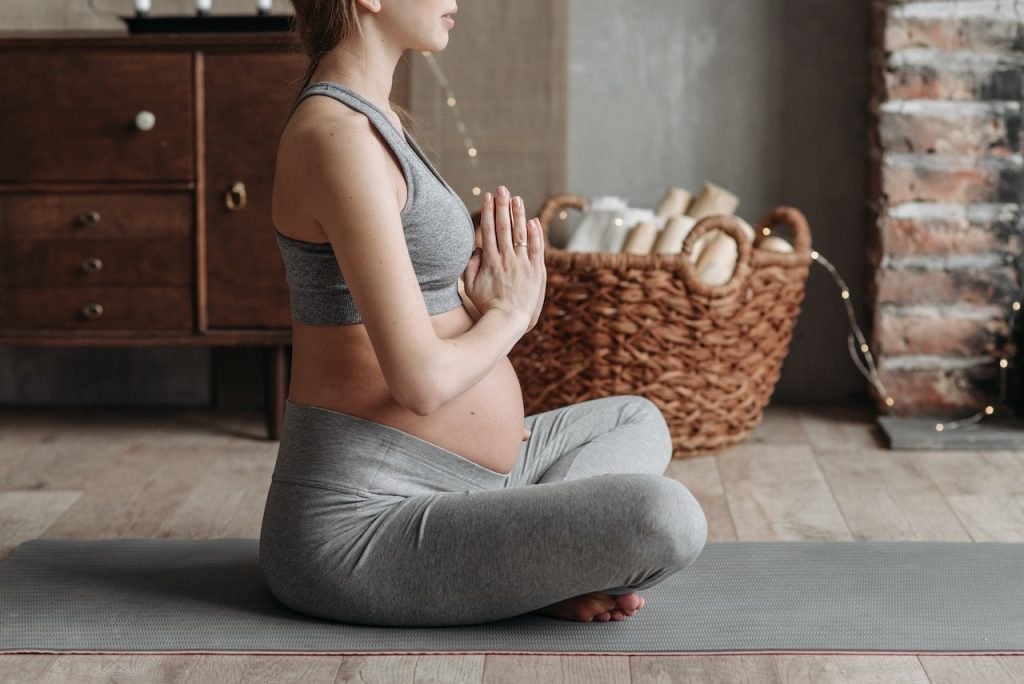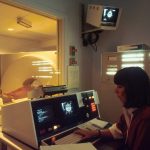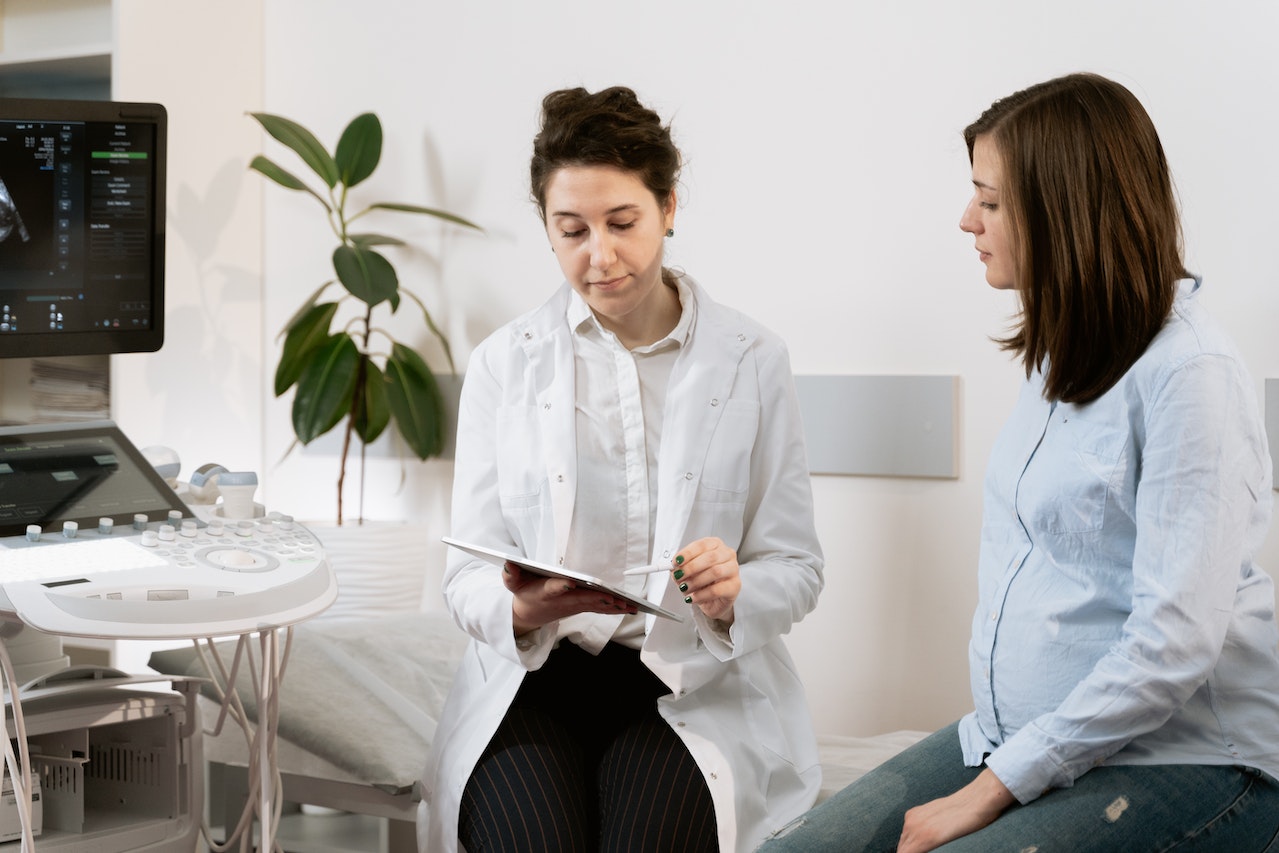Pregnancy and childbirth are transformative experiences, but they may also bring about significant changes to a woman’s body, including potential pelvic floor pain. Let’s explore prevention strategies and treatment options to address pregnancy and childbirth-related pelvic floor pain.
Understanding Pregnancy-Related Pelvic Floor Pain
During pregnancy, hormonal changes and the increased weight of the uterus can weaken the muscles in this body part. As a result, some women may experience pain, discomfort, or even urinary incontinence. Additionally, childbirth itself may cause trauma to the muscles, leading to further issues like pelvic organ prolapse.
Preventing Pregnancy-Related Pelvic Floor Pain:
- Special Exercises: Practicing special exercises, also known as Kegel exercises, can help strengthen the pelvic floor muscles and improve their ability to support the uterus and other organs during pregnancy.
- Maintaining a Healthy Weight: Keeping a healthy weight during pregnancy helps reduce the pressure on these muscles, minimizing the risk of discomfort and other issues.
- Proper Body Mechanics: Paying attention to posture and avoiding heavy lifting can help prevent excessive strain on the muscles during pregnancy.
Addressing the Issue During Pregnancy
If pain in this region occurs during pregnancy, several treatment options can provide relief and improve comfort:
- Physical Therapy: Specialized physical therapy can help alleviate the pain and discomfort related to this body part. Therapists can teach tailored exercises and techniques to relax and strengthen the muscles.
- Supportive Devices: Maternity belts or support garments can provide additional support to the region, reducing pressure on the muscles.
- Warm Compresses and Rest: Applying warm compresses to the area and getting plenty of rest can help ease muscle tension and reduce pain.

Postpartum Rehabilitation
After childbirth, these muscles may be weakened, and addressing this issue is crucial for the long-term health of the body part.
- Postpartum Physical Therapy: Specialized postpartum physical therapy can aid in restoring the strength and function of these muscles, promoting healing and recovery.
- Gradual Return to Exercise: Engaging in low-impact exercises, such as walking or gentle yoga, can be beneficial for rebuilding muscle strength after childbirth.
- Seeking Medical Advice: If the pain persists or becomes severe after childbirth, it is essential to consult with a healthcare provider for proper evaluation and treatment.
Conclusion
Pregnancy and childbirth are significant life events that may lead to pelvic floor pain and discomfort. However, with preventive measures, appropriate exercise, and postpartum rehabilitation, many women find relief and improve their pelvic floor health. By prioritizing pelvic health throughout the pregnancy journey, women can experience a smoother transition into motherhood and enjoy improved well-being for years to come.







